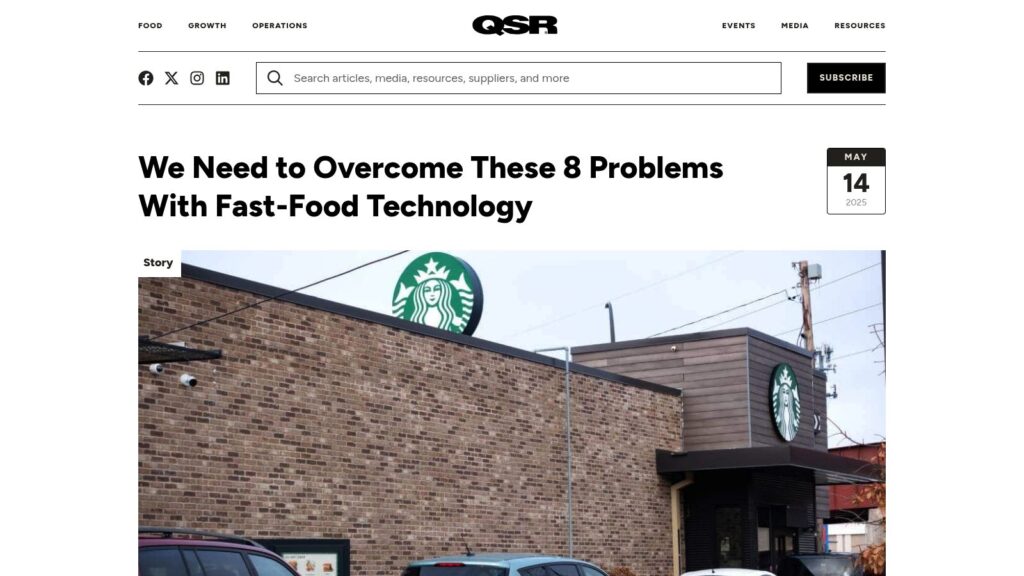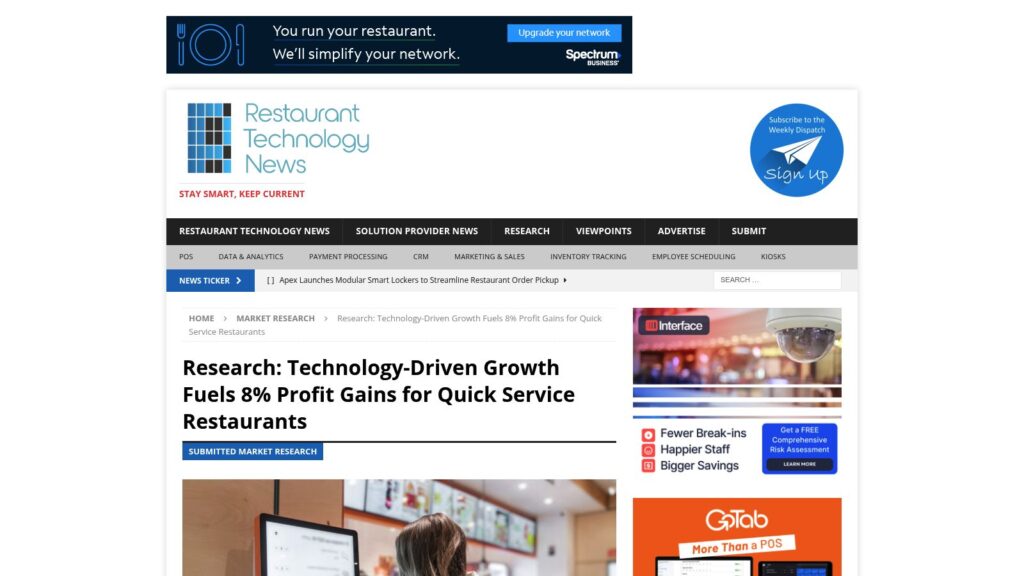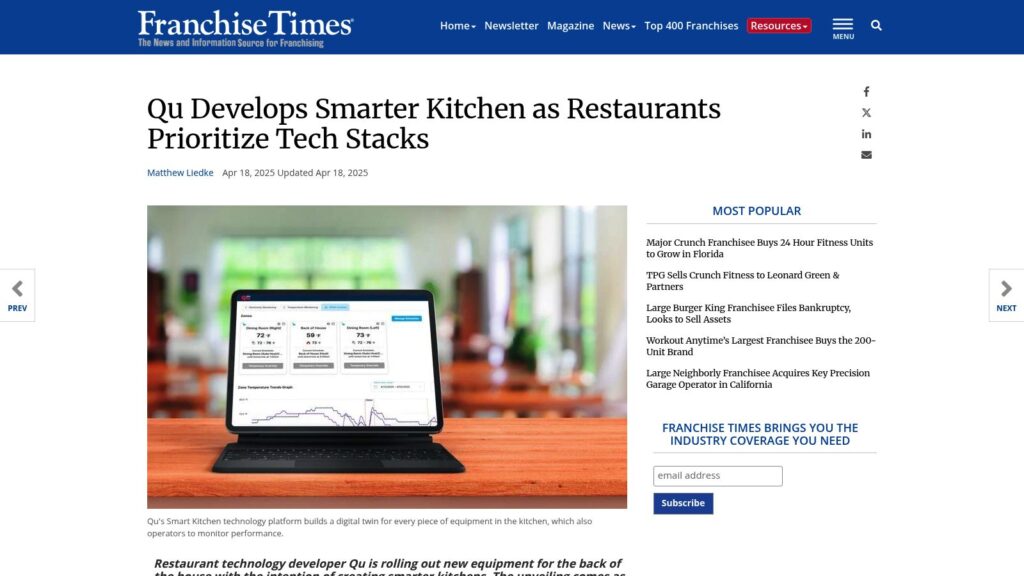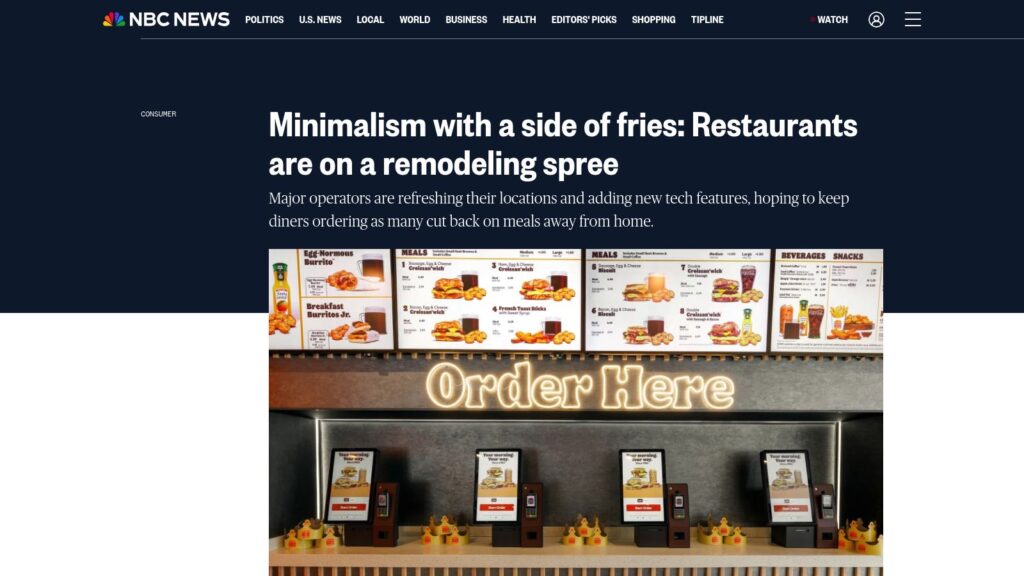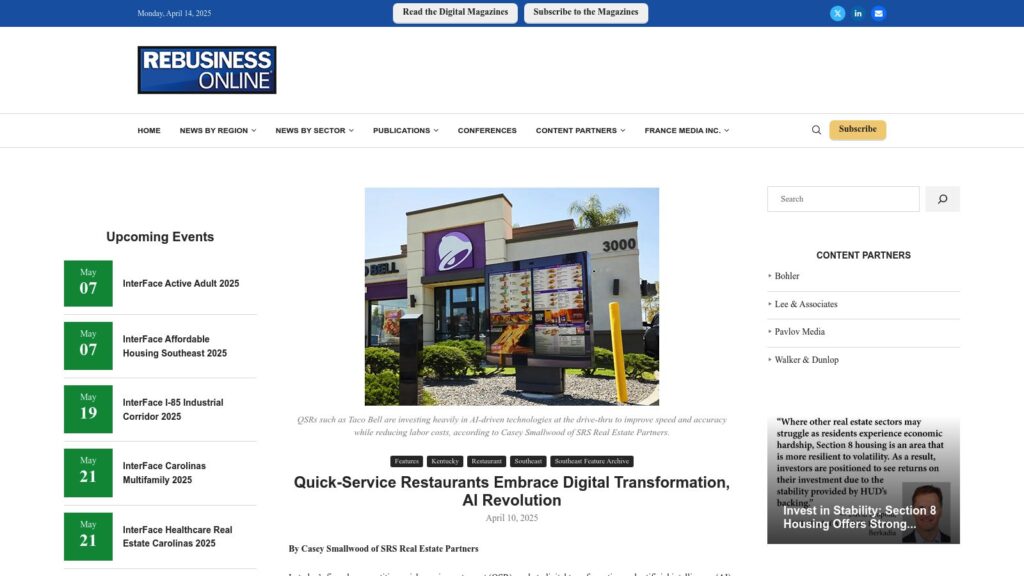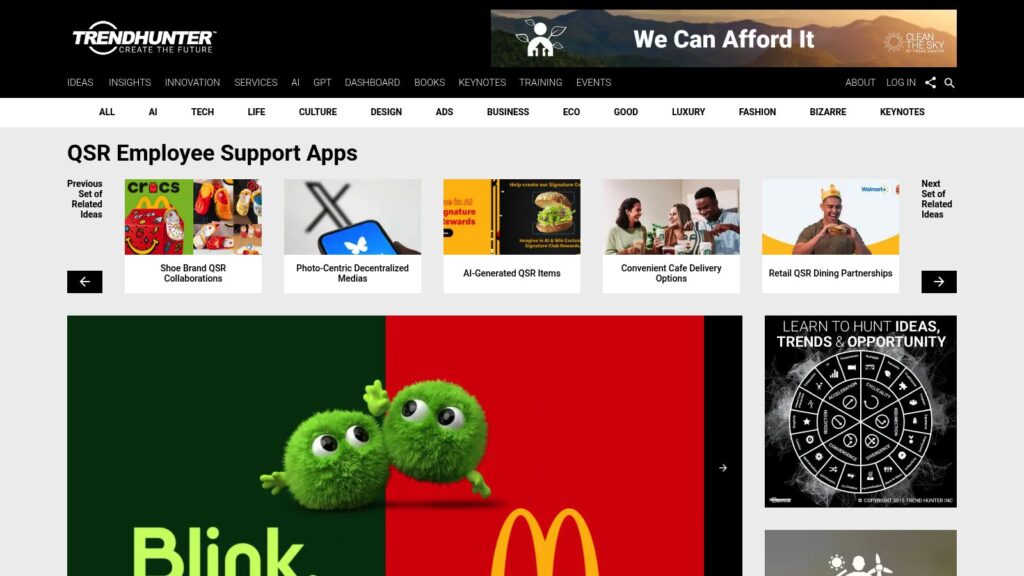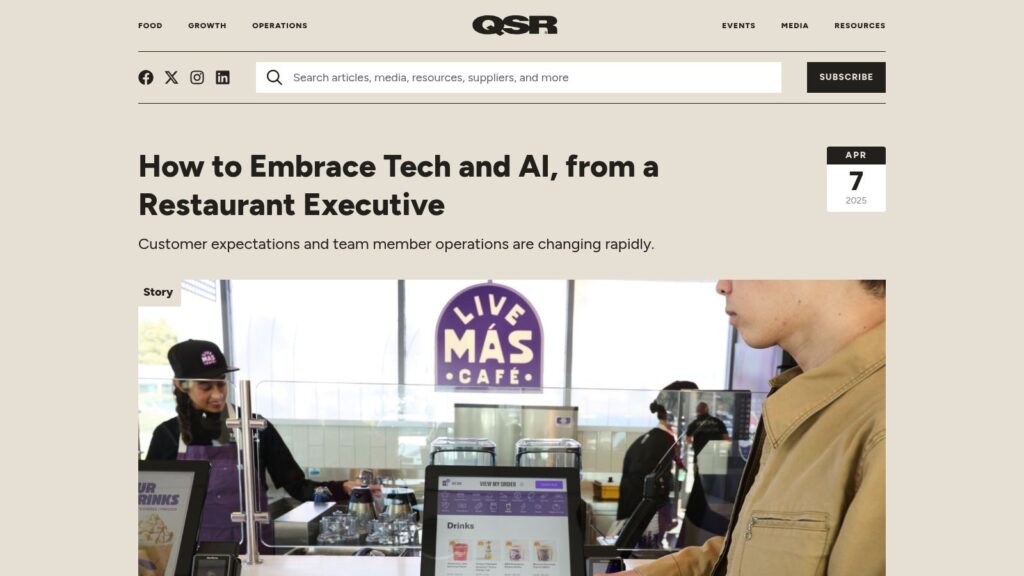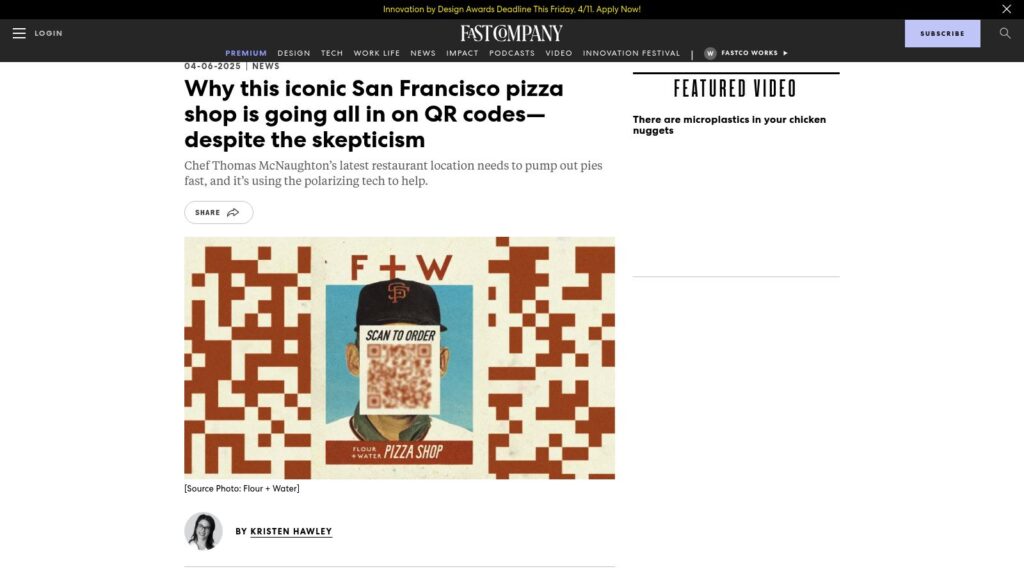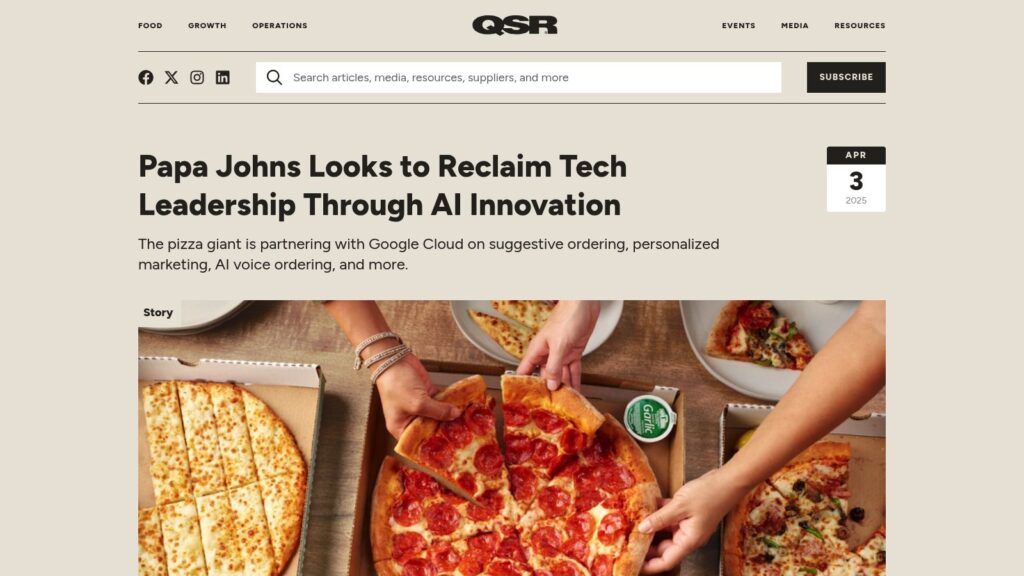We Need to Overcome These 8 Problems With Fast-Food Technology
Fast-food technology can resolve key operational challenges, such as order inaccuracies, long drive-thru wait times, and labor shortages, by utilizing advanced tools like AI for ordering and real-time analytics. Solutions include improving order accuracy through automation, reducing drive-thru bottlenecks with predictive tools, addressing labor deficiencies with automation, minimizing food waste via smart inventory systems, optimizing staff scheduling with AI, consolidating siloed tech platforms, providing real-time operational insights, and ensuring a seamless omnichannel experience. These innovations enhance efficiency and customer satisfaction in the fast-food industry.
https://www.qsrmagazine.com/story/we-need-to-overcome-these-8-problems-with-fast-food-technology/
